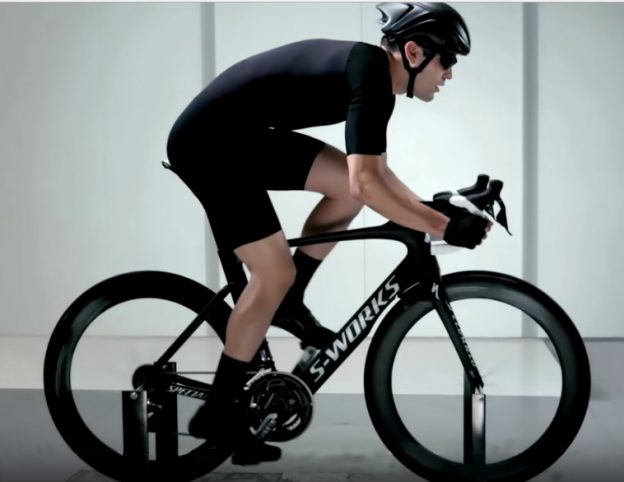Tag: Bike comfort
-

Tips and tricks for riding on roads more efficiently and more comfortably
Let’s get this out of the way first – Be Safe! With spring biking season soon here, you will be riding on roads with pedestrians, other riders, and cars. With more road traffic each year it is possible to have an accident even if you do everything correctly. Wear a helmet and review the following…
-

Be more comfortable and have more fun when you follow these bike fit tips!
Riding a bicycle is one of the most enjoyable hobbies available. When you have your bike fit to your body it becomes even more enjoyable. Don’t let little nagging annoyances take away from your great ride. Read on to learn the causes and fixes to cycling’s most basic discomforts.
